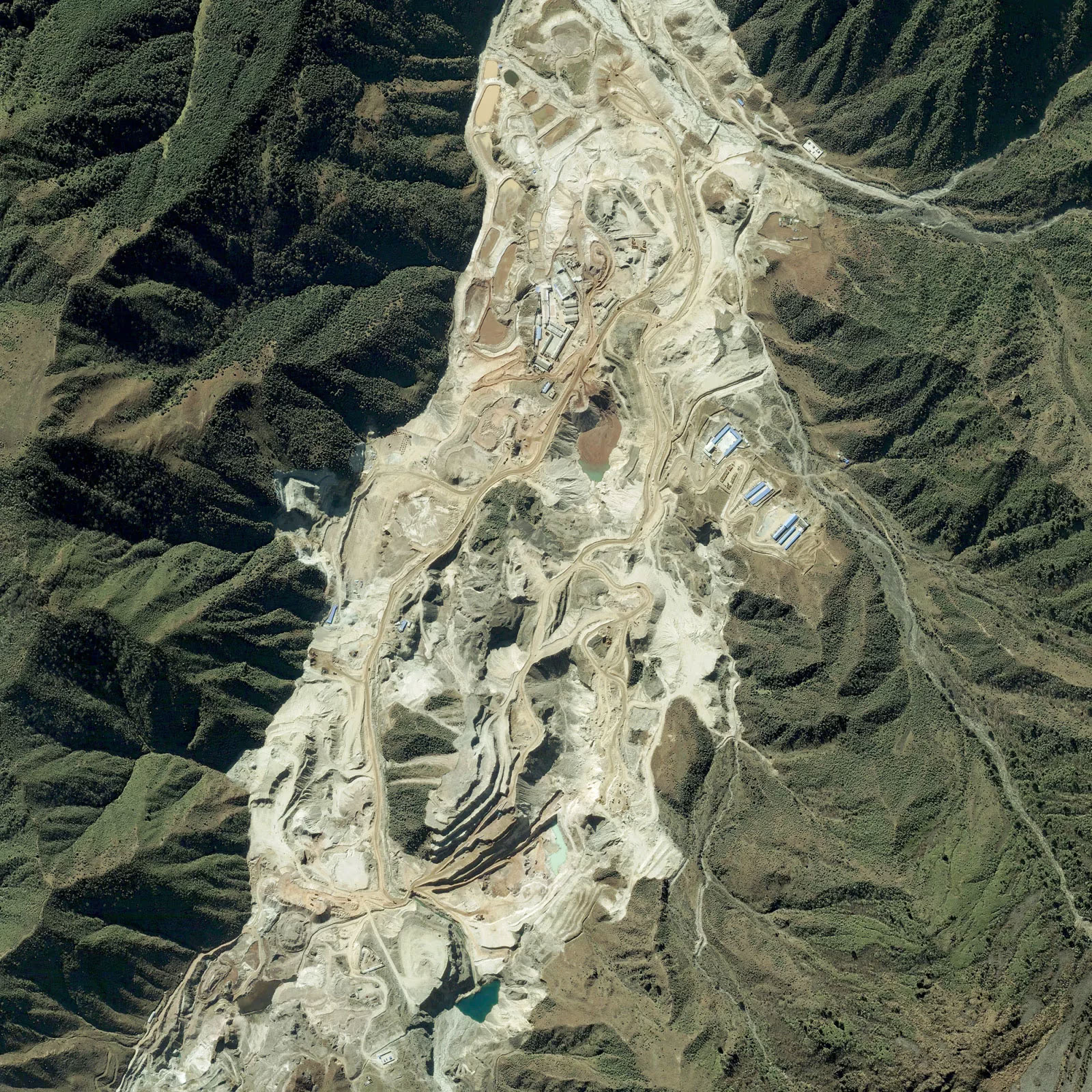Despite the ongoing trade tensions with the U.S. and weakening global demand, China’s economy outperformed expectations in the second quarter. GDP grew by 5.2% year-on-year—driven in part by Beijing’s stimulus measures and a wave of "front-loaded exports" ahead of anticipated new tariffs. But behind the headline numbers lie signs of fragility: consumer confidence remains low, deflationary pressure is building, and the effects of the temporary truce with Washington may be running out. The second half of the year could prove much more challenging.
China’s economy grew faster than expected in the second quarter, showing resilience amid a renewed trade dispute with the Trump administration.
From April to June, GDP rose 5.2% compared to the same period a year earlier. While that’s slightly below the 5.4% growth in the first quarter, it exceeded analysts’ forecasts of a 5.1% increase.
The world’s second-largest economy has so far avoided a sharp slowdown thanks to government support and a surge in shipments ahead of potential new U.S. tariffs—a strategy known as "front-loading."
Still, investors are bracing for weaker performance in the second half: exports are losing momentum, prices are falling, and consumer sentiment remains subdued.
Last month, the U.S. and China agreed to extend their trade truce following two days of talks in London, which resulted in a preliminary deal on restrictions related to rare earths and semiconductors.
Washington and Beijing have until August 12 to renew the trade agreement—or else risk a return to broad bilateral tariffs that previously threatened to derail trade between the world’s two largest economies.
China’s economy remains heavily reliant on exports, and the U.S. is still its largest external market. In recent years, many firms have moved parts of their supply chains out of China to avoid tariffs, while Chinese businesses have sought new markets. Yet no other country can match the purchasing power of American consumers.
The trade conflict has extended beyond tariffs to include non-tariff measures—most notably, restrictions on rare earth exports, which have already disrupted production for Western automakers.
For Chinese authorities, keeping annual growth near the 5% target is becoming increasingly difficult. Many analysts see that goal as overly ambitious given persistent deflation and weak domestic demand.
"Despite a solid first quarter, the outlook for the second half will likely worsen: the impact of front-loaded exports will fade, while U.S. tariffs will start to bite more," said Wei Yao, chief economist at Société Générale. "Falling home prices and the diminishing effect of subsidies cast doubt on the sustainability of the consumption recovery."
Despite the strong headline GDP numbers, many Chinese families remain unconvinced. Mallory Jiang, a 30-year-old doctor in the southern tech hub of Shenzhen, told Reuters that both she and her husband had their salaries cut this year.
"Our incomes as doctors have decreased, and we still don’t dare to buy an apartment. We try to save money—commuting by public transport, eating at the hospital cafeteria, or cooking at home. The pressure of daily life is still very high," she said.
According to the National Bureau of Statistics, the economy grew 1.1% in the second quarter compared with the previous quarter—slightly above the 0.9% forecast, but below the 1.2% growth recorded in Q1.
Made in China

How China Conquered the Rare Earth Metals Market and Took Control of Global Supply
What It Means for the U.S. and Europe Amid Rising Geopolitical Competition

Fifty Years Without Reciprocity
The EU–China Summit Takes Place Amid Trade Disputes and Deep Diplomatic Chill

China Introduces Digital ID for Internet Users
The System Will Strengthen State Control Over Online Activity—and Could End Anonymity for Good
Investors are closely watching the upcoming Politburo meeting, expected in late July, which is likely to shape economic policy for the remainder of the year.
Beijing has already stepped up infrastructure spending and consumer subsidy programs, alongside monetary easing. In May, the People’s Bank of China cut interest rates and injected liquidity as part of broader efforts to cushion the economy from U.S. tariffs.
Some analysts believe that if growth slows sharply, the government could increase deficit spending.
